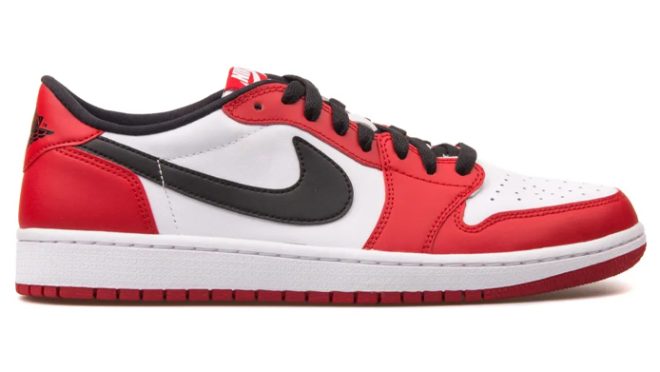Trump’s tariff threat may push up prices of Nike’s iconic trainers
Trump’s tariff threat may push up prices of Nike’s iconic trainers

A surprise move from former US President Donald Trump to impose tariffs on goods imported from Vietnam, Indonesia, and China has cast uncertainty over Nike’s supply chain—and could lead to price hikes for some of its most iconic products, including the legendary Air Jordan 1.
While Nike sells most of its products in the United States, nearly all of its footwear is manufactured in the three Asian countries now facing proposed US tariffs ranging between 32% and 54%. The announcement triggered a sharp market reaction: Nike’s share price dropped by 14% the following day amid concerns over increased production costs and potential disruption.
Will prices go up?
Whether Nike shoes will actually become more expensive depends on how much of the increased cost the company decides to pass on to consumers—and for how long the tariffs remain in place.
“Nike operates in a highly competitive market,” said David Swartz, senior equity analyst at Morningstar. “It would be difficult for the company to increase prices by more than 10–15% without risking a drop in demand.”
UBS estimates that products imported from Vietnam—where Nike manufactures around half of its footwear—could see a price rise of 10–12%. The rest of its production is spread across Indonesia and China, both of which are also subject to the proposed tariffs.
In a note to investors, UBS analyst Jay Sole wrote, “Given the broad scope of the tariff list, we believe the industry will have little choice but to raise prices in the medium term to offset upward cost pressures.”
Potential coping strategies
Some analysts believe Nike might try alternative approaches to absorb the tariff shock. Rahul C, founder of running shoe review platform Sole Review, suggested that the brand could cut back on costly performance technologies, replacing high-end foam materials with more affordable options like basic injection-moulded EVA. Another strategy might involve slowing down product updates, refreshing designs every 3–4 years instead of every 1–2.
Still, the company’s profit margins have already taken a hit. Despite global sales of $51 billion, Nike’s profit has dropped nearly 11%, with about 33% of its revenue going towards selling and administrative expenses. After accounting for raw materials, logistics, and other costs, room for absorbing further expenses is limited.
A waiting game
According to BMO Capital Markets’ Simeon Siegel, most brands are still evaluating the implications of Wednesday’s announcement. “The numbers aren’t final yet,” he said, suggesting that businesses are in a wait-and-see mode.
Meanwhile, there is hope for negotiation. Trump reportedly had a “very productive” call with Vietnam’s leadership last week, raising speculation that tariff rates could still be revised. Nike’s stock has shown minor recovery following the initial plunge.
Still, if trade tensions continue to escalate, Nike and other Western brands like H&M, Adidas, and Gap may be left with little choice but to adjust their pricing strategies. According to Professor Sheng Lu of the University of Delaware, companies are unlikely to shift supply chains back to the US anytime soon.
“Rebuilding domestic production capacity would take years and require massive investment,” said Matt Powers of Powers Advisory Group, citing a shortage of American textile mills as a major hurdle.
For now, Nike—and its customers—might have to brace for pricier trainers, unless diplomacy prevails over tariffs.


